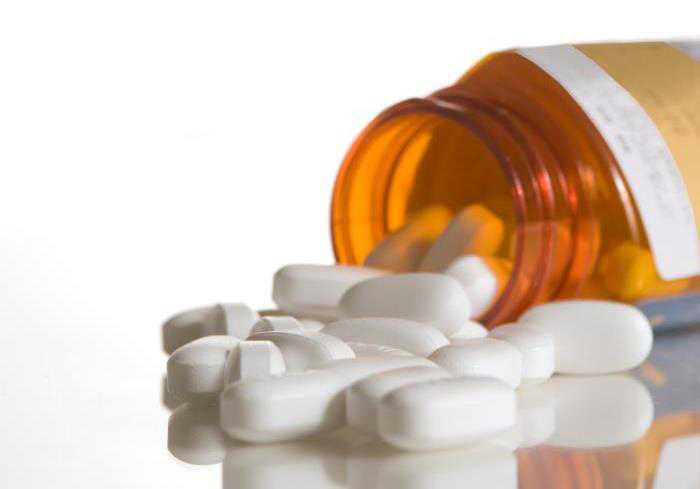Health, United States, 2013 includes special section on prescription drugs
Most common prescription drugs among adults are those for cardiovascular disease and high cholesterol
This website is archived for historical purposes and is no longer being maintained or updated.
Press Release
Embargoed Until: May 14, 2014; 12:01 a.m. ET
Contact: CDC’s National Center for Health Statistics
(301) 458-4800

About half of all Americans reported taking one or more prescription drugs in the past 30 days during 2007-2010, and 1 in 10 took five or more, according to Health, United States, 2013, the government’s annual, comprehensive report on the nation’s health.
This is the 37th annual report prepared for the Secretary of the Department of Health and Human Services by the Centers for Disease Control and Prevention’s National Center for Health Statistics. The report includes a compilation of health data from state and federal health agencies and the private sector.
This year’s report includes a special section on prescription drugs. Key findings include:
- About half of all Americans in 2007-2010 reported taking one or more prescription drugs in the past 30 days. Use increased with age; 1 in 4 children took one or more prescription drugs in the past 30 days compared to 9 in 10 adults aged 65 and over.
- Cardiovascular agents (used to treat high blood pressure, heart disease or kidney disease) and cholesterol-lowering drugs were two of the most commonly used classes of prescription drugs among adults aged 18-64 years and 65 and over in 2007-2010. Nearly 18 percent (17.7) of adults aged 18-64 took at least one cardiovascular agent in the past 30 days.
- The use of cholesterol-lowering drugs among those aged 18-64 has increased more than six-fold since 1988-1994, due in part to the introduction and acceptance of statin drugs to lower cholesterol.
- Other commonly used prescription drugs among adults aged 18-64 years were analgesics to relieve pain and antidepressants.
- The prescribing of antibiotics during medical visits for cold symptoms declined 39 percent between 1995-1996 and 2009-2010.
- Among adults aged 65 and over, 70.2 percent took at least one cardiovascular agent and 46.7 percent took a cholesterol-lowering drug in the past 30 days in 2007-2010. The use of cholesterol-lowering drugs in this age group has increased more than seven-fold since 1988-1994.
- Other commonly used prescription drugs among those aged 65 and older included analgesics, blood thinners and diabetes medications.
- In 2012, adults aged 18-64 years who were uninsured for all or part of the past year were more than four times as likely to report not getting needed prescription drugs due to cost as adults who were insured for the whole year (22.4 percent compared to 5.0 percent).
- The use of antidepressants among adults aged 18 and over increased more than four-fold, from 2.4 percent to 10.8 percent between 1988-1994 and 2007-2010.
- Drug poisoning deaths involving opioid analgesics among those aged 15 and over more than tripled in the past decade, from 1.9 deaths per 100,000 population in 1999-2000 to 6.6 in 2009-2010.
- The annual growth in spending on retail prescription drugs slowed from 14.7 percent in 2001 to 2.9 percent in 2011.
Health, United States, 2013 features 135 tables on key health measures through 2012 from a number of sources within the federal government and in the private sector. The tables cover a range of topics, including birth rates and reproductive health, life expectancy and leading causes of death, health risk behaviors, health care utilization, and insurance coverage and health expenditures.
The full report is available at www.cdc.gov/nchs.
- Page last reviewed: May 14, 2014 (archived document)
- Content source:
Error processing SSI file


 ShareCompartir
ShareCompartir